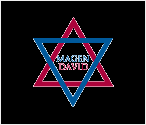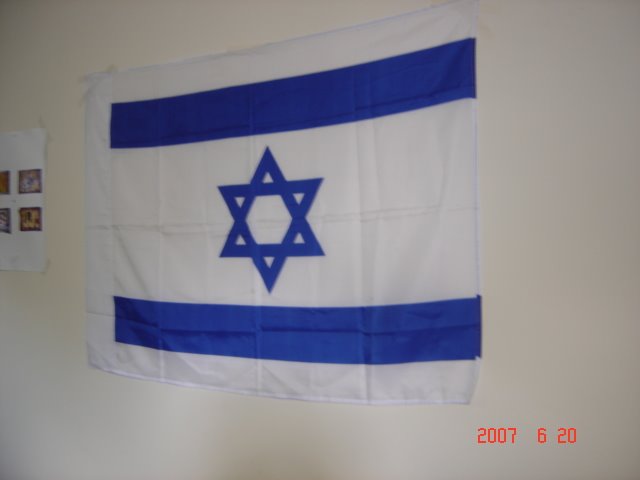
Every Jewish child learns of how the second-century Maccabees fought the pagan rulers who had defiled the holy temple. When the Jews regained the temple in 165 B.C., there was not enough oil to keep the eternal lamp burning. They lit the lamp anyway, and because of their rededication to the faith, God worked a miracle: The oil burned for eight nights until more oil could be prepared.
By Cathy Lynn Grossman, USA TODAY
When Jews light the first candle in their Hanukkah menorahs tonight, many join a modern trend of nightly gift-giving that rivals Christmas for consumer largesse.
But some will receive one box that needs no unwrapping: —a tzedakah box, used to collect coins for a good cause. Tzedakah is Hebrew for charity, a righteous obligation in Judaism.
Just as many Christians want to see Christ, not toys, emphasized at Christmas, many Jewish families are highlighting the spiritual side of Hanukkah by devoting at least one of the holiday's eight nights to tzedakah, says parenting writer Sharon Duke Estroff.
"It's a time of year when kids lose perspective, and they have a real sense of entitlement. … Tzedakah is a balancer. When you add a tzedakah box or a day of service to the holiday celebration mix — something that should be built into what Jews do in life — kids love it," says Estroff, an Atlanta mother of four and author of Can I Have a Cell Phone for Hanukkah?: The Essential Scoop on Raising Modern Jewish Kids.
"Since children are seen as part of the whole community, they, too, are encouraged to participate in living the Jewish teaching of tzedakah," says Vivian Mann, professor of Jewish art history at the Jewish Theological Seminary in New York.
Although Hanukkah dates to 165 B.C., the phenomenon of tzedakah boxes, as humble as cardboard or tin or as elegant as sterling silver, began in the 19th century.
Jewish institutions sent out little boxes emblazoned with symbols of their synagogue, school or orphanage. People would donate on the Sabbath, on holy days and in honor of life cycle events, says Mann, whose grandmother had a collection of seven or eight boxes.
The best-known tzedakah boxes are the little blue boxes sent out by Jewish National Fund since 1901. The proceeds went to buy land in the Holy Land, "long before Israel was established or anyone knew what its borders might be," says fund CEO Russell Robinson. Just $1 million of the $60 million the fund raised last year to support development and forests in Israel came from the little blue boxes. But the group still sends out 150,000 a year on request.
Many of those who write the big checks learned the habit of giving with coins as a child, Robinson says. "It teaches the history of our people, the importance of responsibility for all."
Indeed, sales of tzedakah boxes were up 25% in 2006, says Debbie Dorfman, director of new business development for the two Judaica shops at the Jewish Museum in Manhattan.
It's not only parents who are making the purchases. Jewish institutions are using them for gifts to honor volunteers and new graduates. Tzedakah boxes are a popular wedding gift as well because they're "considered part of establishing a Jewish household," Dorfman says.
The boxes come in all themes, says Stacy Zaleski, director of merchandising for the Jewish Museum Shops. There are baby gift boxes in ceramic pastels, boxes with sports themes, masculine black boxes with pewter inlay and boxes with biblical images, such as the "woman of valor" from the Hebrew Bible's Proverb 31. While some glass or silver boxes can cost up to $500, people say they'd rather spend less for the box and have more to donate, Zaleski says.
This season's top choices vary from a simple flowery octagonal box for $18 to a whimsical $150 box made from a cheese grater by artist Eliska Greenspoon of Omaha, who makes Jewish art from household objects.
Arty boxes are fine for adults, but "until kids are 11 or 12, they don't think abstractly," Estroff says. "You may have a beautiful Tzedakah box, but it's very hard for them to conceptualize how to use it."
The key is to have them make their own box and, like the tzedakah boxes of an earlier century, to "make it specific. It can be as simple as cutting up pictures of puppies, decorating a coffee can, donating money during Hanukkah and Sabbath and then taking it to an animal shelter.
"You are building the idea that they are responsible for the world as a whole, not just their own little pile of Hanukkah loot," she says.




